Home>diy>Home Improvement>How To Save Money On A Renovation
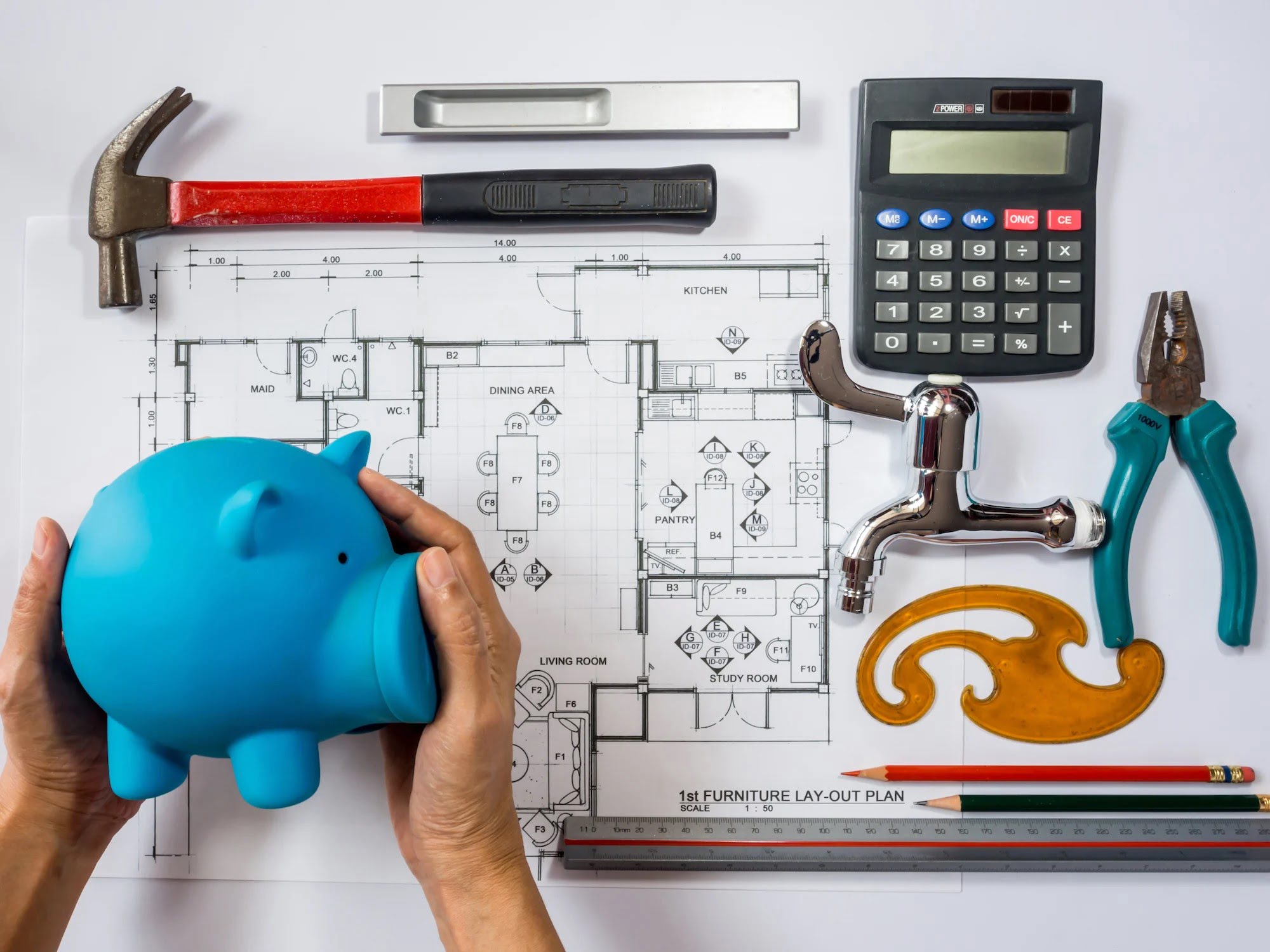

Home Improvement
How To Save Money On A Renovation
Modified: August 28, 2024
Learn how to save money on your home improvement project with these cost-effective renovation tips and tricks. Start remodeling without breaking the bank!
(Many of the links in this article redirect to a specific reviewed product. Your purchase of these products through affiliate links helps to generate commission for Storables.com, at no extra cost. Learn more)
Introduction
Welcome to our comprehensive guide on how to save money on a renovation! Whether you’re looking to update your kitchen, remodel your bathroom, or give your entire home a fresh new look, renovations can be both exciting and expensive. But fear not, because with some careful planning, creative thinking, and a little DIY spirit, you can achieve your dream home within a budget that won’t break the bank.
The key to saving money on a renovation is to approach the project with a clear understanding of your goals, budget, and priorities. By doing thorough research and making informed decisions, you can make smart choices that will help you cut costs without compromising on quality or style.
In this guide, we will walk you through the essential steps to help you save money on your renovation. From conducting a realistic assessment of your needs to finding budget-friendly design options, we’ve got you covered. So let’s dive in and discover the secrets to a successful and affordable renovation!
Key Takeaways:
- Renovating on a budget is achievable with strategic planning, DIY tasks, and cost-saving strategies. Prioritize high-impact improvements and repurpose existing elements to create a stunning space without overspending.
- Incorporating energy-efficient upgrades and proper project management can save money and reduce environmental impact during a renovation. With creativity and resourcefulness, achieve a beautiful and functional space within budget.
Read more: How To Save Money On Home Renovation
Research and Planning
Before you embark on your renovation journey, it’s crucial to assess your needs and set a realistic budget. This will guide your decision-making process and help you prioritize your expenses effectively.
Start by evaluating the areas of your home that require renovation. Take a close look at each room or space and make a list of the upgrades or changes you want to make. Consider factors such as functionality, aesthetics, and any structural or safety issues that need to be addressed.
Next, determine your budget. Take into account your financial resources and how much you are willing to spend on the renovation project. It’s crucial to set a realistic budget that aligns with your financial capabilities. Overestimating or underestimating your budget can lead to disappointment or overspending.
Research the average costs of similar home renovations in your area. This will give you a ballpark figure to work with and ensure that your budget is in line with market rates. Take into consideration any additional expenses, such as permits, labor costs, and unforeseen contingencies.
Keep in mind that renovations can be unpredictable, and costs can quickly add up. It’s always a good idea to allocate a contingency fund of around 10-20% of your total budget to cover any unexpected expenses that may arise during the project.
Lastly, consider the return on investment (ROI) of your renovation. Will the improvements you make add value to your home in the long run? While it’s essential to create a space that you love and enjoy, it’s also worth considering how the renovations can potentially increase the resale value of your property. Focus on renovations that have a higher ROI, such as kitchen and bathroom upgrades or energy-efficient improvements.
By conducting thorough research and thoughtful planning, you’ll gain a clear understanding of your renovation needs and set a budget that ensures you’re on the right track to achieving your goals. So take the time to assess your needs and set a realistic budget, and you’ll be well-prepared for the next steps in your renovation journey.
DIY vs Hiring Professionals
One of the biggest decisions you’ll need to make when planning a renovation is whether to tackle the project yourself or hire professionals. This choice will depend on your skills, capabilities, and the complexity of the renovation.
Evaluating your skills and capabilities is essential before deciding to take the DIY route. Be honest with yourself about your level of expertise in various renovation tasks. Are you comfortable with plumbing, electrical work, or carpentry? Do you have experience in painting, tiling, or flooring installation? Assessing your skills will help you determine which aspects of the renovation you can confidently handle on your own.
It’s important to remember that some tasks require specialized knowledge and licensing. For instance, if your renovation involves major electrical or plumbing work, it’s best to leave it to licensed professionals who have the expertise to ensure the job is done safely and up to code.
On the other hand, if you feel confident in your abilities and have experience with similar projects, taking the DIY approach can save you a significant amount of money. You’ll have control over the entire process and can work at your own pace. However, keep in mind that DIY projects often take longer to complete, and mistakes can be costly to rectify.
If you decide to hire professionals, it’s crucial to research and compare different service providers. Seek recommendations from friends, family, or neighbors who have recently completed renovations. Look for contractors or tradespeople with a good reputation and positive reviews.
Request multiple quotes from different professionals and compare their prices, services, and turnaround times. Ask for references and examples of their previous work to ensure that they have the experience and skills necessary for your specific renovation project.
When hiring professionals, be sure to get everything in writing. A detailed contract should outline the scope of work, timeline, payment terms, and any warranties or guarantees. This contract will protect both parties and ensure that the project runs smoothly from start to finish.
Ultimately, the decision of DIY versus hiring professionals should be based on your abilities, the complexity of the renovation, and your comfort level in handling various tasks. It’s essential to weigh the cost savings of a DIY approach against the potential risks and benefits of hiring professionals. A well-informed decision will lead to a successful renovation experience.
Cost-Saving Strategies
Renovating on a budget doesn’t mean compromising on quality or style. With some strategic planning and resourcefulness, you can save money without sacrificing the overall look and feel of your project. Here are some cost-saving strategies to consider:
Sourcing materials at discounted prices: Don’t be afraid to shop around for the best deals on materials. Look for sales, discounts, and clearance events at home improvement stores, online retailers, and local suppliers. You can often find great deals on flooring, paint, lighting fixtures, and more by comparing prices and taking advantage of promotions.
Utilizing salvaged or recycled materials: Consider incorporating salvaged or recycled materials into your renovation. Visit salvage yards, architectural salvage stores, or online marketplaces to find unique items such as reclaimed wood flooring, vintage windows, or antique fixtures. Not only will this add character to your space, but it can also save you money compared to buying new items.
Shopping during sales and promotions: Timing is everything when it comes to getting the best deals. Keep an eye out for seasonal sales, holiday promotions, or clearance events. Plan your renovation to take advantage of these sales, and you could save a significant amount on materials, appliances, and furniture.
Negotiating with suppliers and contractors: Don’t be afraid to negotiate prices with suppliers and contractors. If you’re purchasing a large quantity of materials, or hiring professionals for multiple projects, you may be able to secure a better price. Be polite and respectful when negotiating, and be prepared to provide evidence of competitor prices or bulk purchase opportunities.
Remember that while saving money is important, it’s crucial to prioritize quality and durability. Be cautious of extremely low prices that may indicate subpar materials or workmanship. Strike a balance between cost savings and ensuring that your renovation will stand the test of time.
By implementing these cost-saving strategies, you can achieve your renovation goals within your budget. With some creativity and careful planning, you’ll be able to create a beautiful space without breaking the bank.
Prioritizing Renovation Areas
When working on a renovation project with a tight budget, it’s essential to prioritize which areas to focus on. By identifying the essential areas for renovation and prioritizing high-impact improvements, you can make the most of your budget and achieve maximum results. Here’s how:
Identifying essential areas for renovation: Take a step back and assess which areas of your home are in the most need of renovation. Is it the outdated kitchen? The worn-out bathroom? Or perhaps it’s the lackluster living room that needs a fresh new look. Identify the areas that will benefit the most from renovation and prioritize them accordingly.
Focusing on high-impact improvements: Instead of spreading your budget thin across multiple areas, focus on high-impact improvements that will make a significant difference in the overall look and feel of your space. For example, updating the kitchen cabinets or replacing worn-out flooring can instantly transform the room. Investing in a fresh coat of paint throughout the house can also have a big impact at a relatively low cost.
Consider the areas that are most visible or used frequently. A beautifully renovated entryway or a modernized bathroom that guests will often see can leave a lasting impression. By strategically choosing which areas to renovate, you can maximize the impact of your budget and create a cohesive and visually appealing space.
It’s important to keep in mind that prioritizing doesn’t mean completely ignoring other areas of your home. If your budget allows, you can plan for smaller updates and improvements in those areas down the line. The key is to focus your initial efforts where they will have the most significant impact.
By identifying the essential areas for renovation and focusing on high-impact improvements, you can make the most of your budget and achieve a stunning transformation. Prioritization will ensure that your renovation project is both cost-effective and visually impactful.
Repurposing and Reusing Existing Elements
When working on a renovation project, it’s important to consider repurposing and reusing existing elements in your home. This not only helps to save money but also adds a unique touch to your space. Here are some ideas on how to repurpose and reuse existing elements:
Updating and repainting existing furniture or fixtures: Instead of buying new furniture or fixtures, consider updating and repainting the ones you already have. A fresh coat of paint can breathe new life into old cabinets, tables, or chairs. You can also change the hardware or upholstery to give them a completely different look. This not only saves money but also adds a personal touch to your space.
Finding creative ways to reuse materials: Look for creative ways to reuse materials from your renovation. For example, if you’re tearing down a wall, consider salvaging the bricks or wood to use for other projects, such as building a new garden path or creating a decorative accent wall. You can also repurpose old windows or doors as unique decorative elements or even transform reclaimed materials into statement pieces of furniture.
By repurposing and reusing existing elements, you not only cut down on waste but also add character and charm to your space. It’s a sustainable and cost-effective approach to renovation that allows you to create a unique and personalized environment.
Remember to think outside the box and get creative with your ideas. You’ll be surprised at how transforming and creative you can be with repurposing and reusing existing elements. So before you think about throwing something away, consider if there’s a way to give it a new purpose or incorporate it into your renovation project.
By embracing the concept of repurposing and reusing, you can save money, reduce waste, and create a truly one-of-a-kind space that reflects your personal style and values.
Consider using salvaged materials or shopping at thrift stores for items like light fixtures, hardware, and furniture. You can find unique pieces at a fraction of the cost of new items.
Doing Some of the Work Yourself
One of the most effective ways to save money on a renovation is by taking on some of the work yourself. While there may be tasks that require professional expertise, there are also smaller renovation tasks that you can tackle independently. Here are some tips for doing some of the work yourself:
Tackling smaller renovation tasks independently: Identify smaller tasks that you feel comfortable and confident in handling on your own. This can include tasks like painting, removing wallpaper, installing light fixtures, or even assembling furniture. By taking these tasks off the hands of professionals, you can save money on labor costs and have a sense of accomplishment in completing them yourself.
Learning new skills through online tutorials and resources: If you’re unsure about how to complete a specific task, there are countless online tutorials and resources available that can guide you step-by-step. Websites, YouTube videos, and forums offer valuable information and insights from experts in the field. Taking the time to learn new skills can not only save you money but also empower you to tackle future renovation projects with confidence.
It’s important to note that while DIY tasks can save you money, they must be within your capabilities and comfort level. Be honest with yourself about your skills, and don’t hesitate to call in professionals for tasks that require specialized knowledge or licensing. Safety should always be a priority.
By taking on some of the renovation work yourself, you can significantly reduce labor costs and have more control over the project. It’s a rewarding experience that allows you to contribute to the transformation of your home while saving money in the process.
Remember to plan your DIY tasks strategically, considering your timeline and availability. Some tasks may need to be completed before others, so make sure you have a clear plan to avoid any delays or complications.
So roll up your sleeves, gather your tools, and take on those smaller renovation tasks. With the right resources and a can-do attitude, you’ll be surprised at what you can accomplish on your own.
Budget-Friendly Design Options
Renovating on a budget doesn’t mean compromising on style and aesthetics. With some careful planning and creative thinking, you can achieve a beautiful and stylish space without breaking the bank. Here are some budget-friendly design options to consider:
Opting for affordable yet stylish materials and finishes: There are many cost-effective materials and finishes available that can still create a high-end look. For example, instead of using hardwood flooring, consider laminate or vinyl flooring that mimics the look of real wood. Look for affordable options for countertops, such as quartz or laminate, that offer durability and style without the hefty price tag.
Using cost-effective design techniques and layouts: Smart design choices can make a significant impact on the overall cost of your renovation. Consider open-concept layouts that maximize space and flow, reducing the need for unnecessary walls or partitions. Utilize natural light to its fullest potential by incorporating large windows or skylights, saving on artificial lighting costs. Explore cost-effective design techniques like accent walls, creative wall paint treatments, or wallpaper in strategic areas to add visual interest without a hefty expense.
Additionally, choosing timeless design styles can help you avoid costly updates in the future. Classic, neutral color schemes, and simple, clean lines are less likely to become outdated quickly, allowing your space to remain stylish for years to come.
To make the most of your budget, prioritize where to splurge and where to save. Invest in focal points and high-traffic areas that are most visible to guests, such as the living room or kitchen. Allocate more funds for statement pieces, like a stunning light fixture or a beautifully tiled backsplash. This way, you can balance your budget by saving on less-visible areas, like storage spaces or utility rooms.
Remember, small details can have a big impact. Add character and style to your space with budget-friendly accessories and decor, such as throw pillows, rugs, artwork, or potted plants. These elements can transform the overall look and feel of a room without breaking the bank.
With these budget-friendly design options, you can create a beautiful and stylish space that reflects your personal style. By making smart choices and getting creative, you’ll be able to achieve your renovation goals without overspending.
Minimizing Structural Changes
When renovating on a budget, minimizing structural changes can significantly reduce costs. Structural modifications often come with hefty price tags, as they require professional expertise, permits, and additional materials. By avoiding costly structural changes and opting for minor alterations instead, you can save both time and money. Here’s how:
Avoiding costly structural modifications: Evaluate the scope of your renovation project and determine if any structural changes are absolutely necessary. Sometimes, a simple refresh with cosmetic updates can achieve the desired transformation without the need for major alterations. By avoiding structural changes, you can focus your budget on other areas of the renovation, such as finishes, fixtures, and furnishings.
Opting for minor alterations instead: Instead of tearing down walls or reconfiguring layouts, consider minor alterations that can still improve the functionality and aesthetics of a space. For example, you can opt for cosmetic updates like repainting, adding crown molding, or installing new light fixtures. These minor changes can have a significant impact on the overall look and feel of a room without the need for major structural modifications.
By minimizing structural changes, you also reduce the risk of unforeseen complications and delays. Structural modifications often involve unknown factors, such as hidden wiring or plumbing, which can add to the cost and time required for the renovation.
Instead, focus on smaller, practical improvements that can make a big difference. Consider upgrading hardware, replacing outdated faucets, or adding storage solutions to maximize space functionality. These changes can enhance your space without the need for extensive construction.
However, if there are critical structural issues or a specific renovation goal that requires major modifications, it’s important to consult with professionals to ensure safety and proper execution. They can guide you through the necessary steps and help you understand the potential costs and implications.
By minimizing structural changes and opting for minor alterations where possible, you can achieve your renovation goals within your budget. Remember, it’s often the small changes that can make a big impact, and with careful planning, you can transform your space without breaking the bank.
Read more: How To Save Money On Thermostat
Energy-Efficient Upgrades
When renovating your home, it’s an excellent opportunity to invest in energy-efficient upgrades that will not only save you money in the long run but also reduce your environmental impact. By making smart choices and incorporating energy-saving appliances, fixtures, and systems, you can create a more sustainable and cost-effective living space. Here’s how:
Investing in energy-saving appliances and fixtures: One of the most effective ways to reduce your energy consumption is by replacing old, energy-draining appliances with energy-efficient models. Look for appliances with an ENERGY STAR label, as they meet strict efficiency criteria. Energy-efficient appliances, such as refrigerators, dishwashers, and washing machines, use less energy and water without sacrificing performance.
Similarly, opt for energy-efficient light fixtures and bulbs, such as LED or CFL lights, which consume considerably less electricity and have longer lifespans compared to traditional incandescent bulbs.
Incorporating insulation and efficient HVAC systems: A well-insulated home can significantly reduce heating and cooling costs by minimizing heat transfer through walls, floors, and roofs. Consider adding insulation to the attic, walls, and crawlspaces to improve energy efficiency.
In addition to insulation, an efficient HVAC (Heating, Ventilation, and Air Conditioning) system is crucial for reducing energy usage and maintaining optimal indoor comfort. Upgrade to a programmable or smart thermostat, which allows you to schedule temperature settings based on occupancy and preferences, resulting in energy savings.
Furthermore, regularly maintain your HVAC system by cleaning or replacing air filters and scheduling professional inspections. Proper maintenance ensures that your system operates efficiently and prolongs its lifespan.
Other energy-saving upgrades to consider include installing low-flow faucets and showerheads, which reduce water consumption, and sealing air leaks around windows and doors to prevent drafts and heat loss.
By implementing these energy-efficient upgrades during your renovation, you’ll not only save money on utility bills but also reduce your carbon footprint. Plus, these eco-friendly improvements may add value to your home when it comes time to sell.
When choosing energy-efficient appliances and fixtures, look for energy consumption labels and compare their efficiency ratings. Calculate the potential energy savings over time to determine the return on investment for each upgrade.
By prioritizing energy efficiency during your renovation, you can create a more sustainable, cost-effective, and comfortable home for yourself and future generations.
Proper Project Management
A successful renovation project requires proper project management to ensure that everything goes smoothly and stays within budget. By staying organized and maintaining a detailed renovation plan, you can avoid costly delays and mistakes. Here are some tips for effective project management:
Staying organized and maintaining a detailed renovation plan: Start by creating a comprehensive renovation plan that outlines all the necessary tasks, timelines, and budgets. Break down the project into smaller, manageable tasks and assign deadlines to each one. This will help you stay organized and keep track of the progress of the renovation. Utilize project management tools, such as spreadsheets or online software, to help you stay organized and monitor your progress effectively.
Avoiding costly delays: Delays can add to the cost of a renovation project. To minimize or avoid delays, set realistic timelines and ensure that you have all the necessary permits and materials before starting the renovation. Communicate regularly with contractors and suppliers to address any potential issues or obstacles that may arise. By staying proactive and addressing challenges promptly, you can keep the project on track and avoid unnecessary delays.
Avoiding mistakes: Mistakes during a renovation can lead to costly rework and delays. Take the time to properly plan and research before starting each task. Double-check measurements, consult experts if needed, and follow installation instructions carefully. If you’re unsure about a particular task, consider hiring professionals or seeking guidance from trusted sources. It’s better to spend a little extra time ensuring quality than having to redo work or fix mistakes later on.
Communication is key throughout the renovation process. Regularly communicate with contractors, suppliers, and any other parties involved to ensure everyone is on the same page. Address any concerns or questions promptly to avoid misunderstandings or miscommunication.
Managing your budget is another critical aspect of project management. Keep a detailed record of all your expenses and regularly review your budget to ensure that you’re staying on track. Consider creating a contingency fund to account for any unexpected costs that may arise during the renovation.
By practicing effective project management and staying organized, you can increase the efficiency of your renovation and minimize the risk of costly delays and mistakes. Proper planning, communication, and attention to detail will ensure a successful and stress-free renovation experience.
Conclusion
Renovating your home is an exciting journey that can transform your living space into a place that reflects your style and enhances your comfort. While renovations can be a significant investment, there are plenty of ways to save money without compromising on the quality or overall vision of your project.
By following the strategies outlined in this guide, you can achieve a budget-friendly renovation that meets your needs and exceeds your expectations. Assessing your renovation needs and setting a realistic budget are the first crucial steps in the planning process. From there, you can make informed decisions about DIY tasks versus hiring professionals, prioritizing renovation areas, and repurposing existing elements.
Cost-saving strategies, such as sourcing materials at discounted prices, utilizing salvaged or recycled materials, and shopping during sales and promotions, can help stretch your budget further. Additionally, negotiating with suppliers and contractors can result in significant savings.
Focusing on high-impact improvements and minimizing structural changes can help you maximize your budget and ensure that you’re spending money where it matters most. Incorporating energy-efficient upgrades not only saves you money on utilities but also benefits the environment.
Proper project management, including staying organized, maintaining a detailed renovation plan, and avoiding costly delays and mistakes, will ensure a smooth and successful renovation journey. By following these practices, you can stay on track, avoid unnecessary setbacks, and complete your renovation within your desired timeframe.
Remember, a budget-friendly renovation doesn’t mean cutting corners or sacrificing your vision. With creativity, resourcefulness, and a little bit of planning, you can achieve a beautiful and functional space that fits your budget.
So, embrace the challenge of renovating on a budget and enjoy the process of transforming your home. With the right strategies and mindset, you can create a space that not only reflects your personal style but also saves you money in the long run.
Frequently Asked Questions about How To Save Money On A Renovation
Was this page helpful?
At Storables.com, we guarantee accurate and reliable information. Our content, validated by Expert Board Contributors, is crafted following stringent Editorial Policies. We're committed to providing you with well-researched, expert-backed insights for all your informational needs.
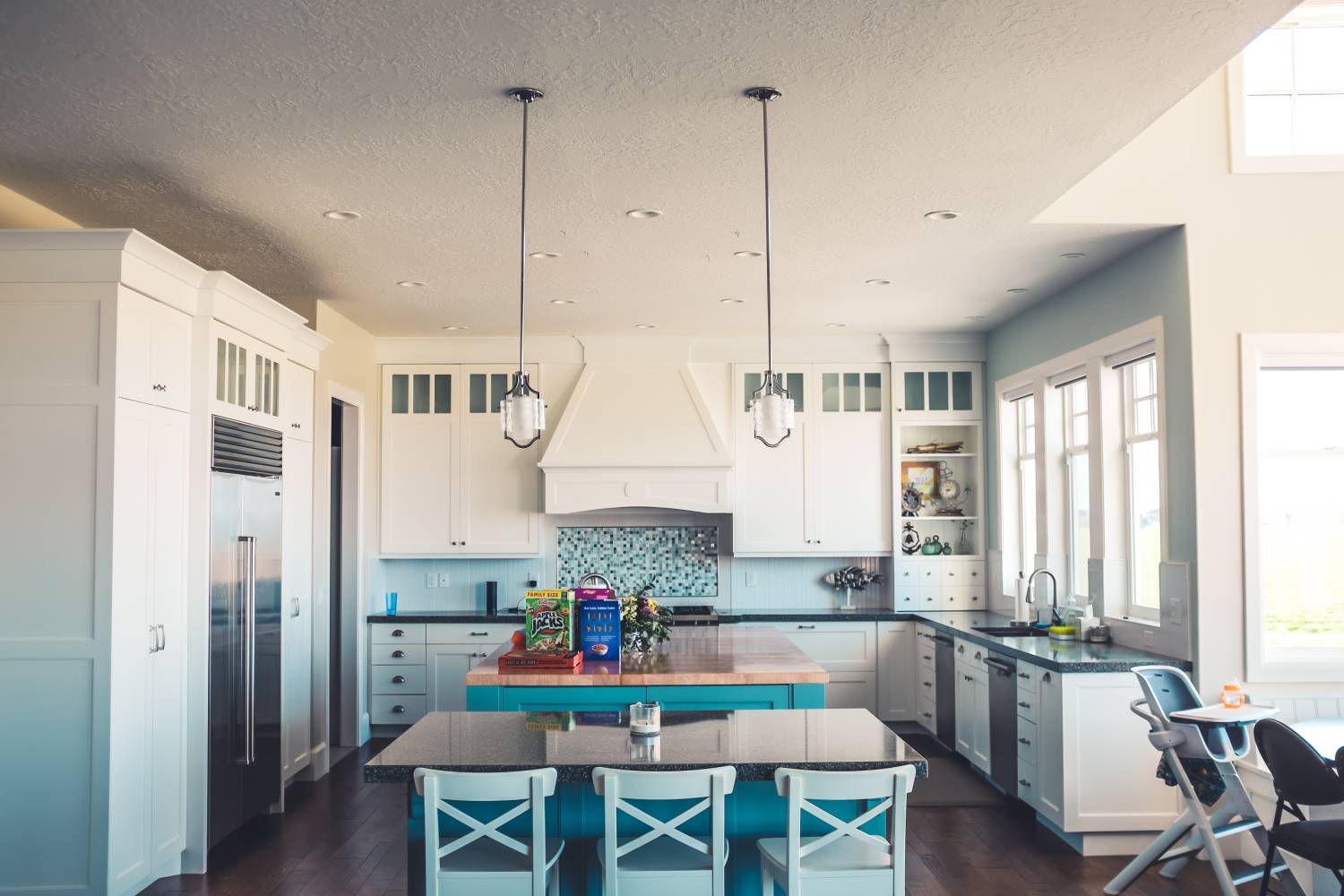
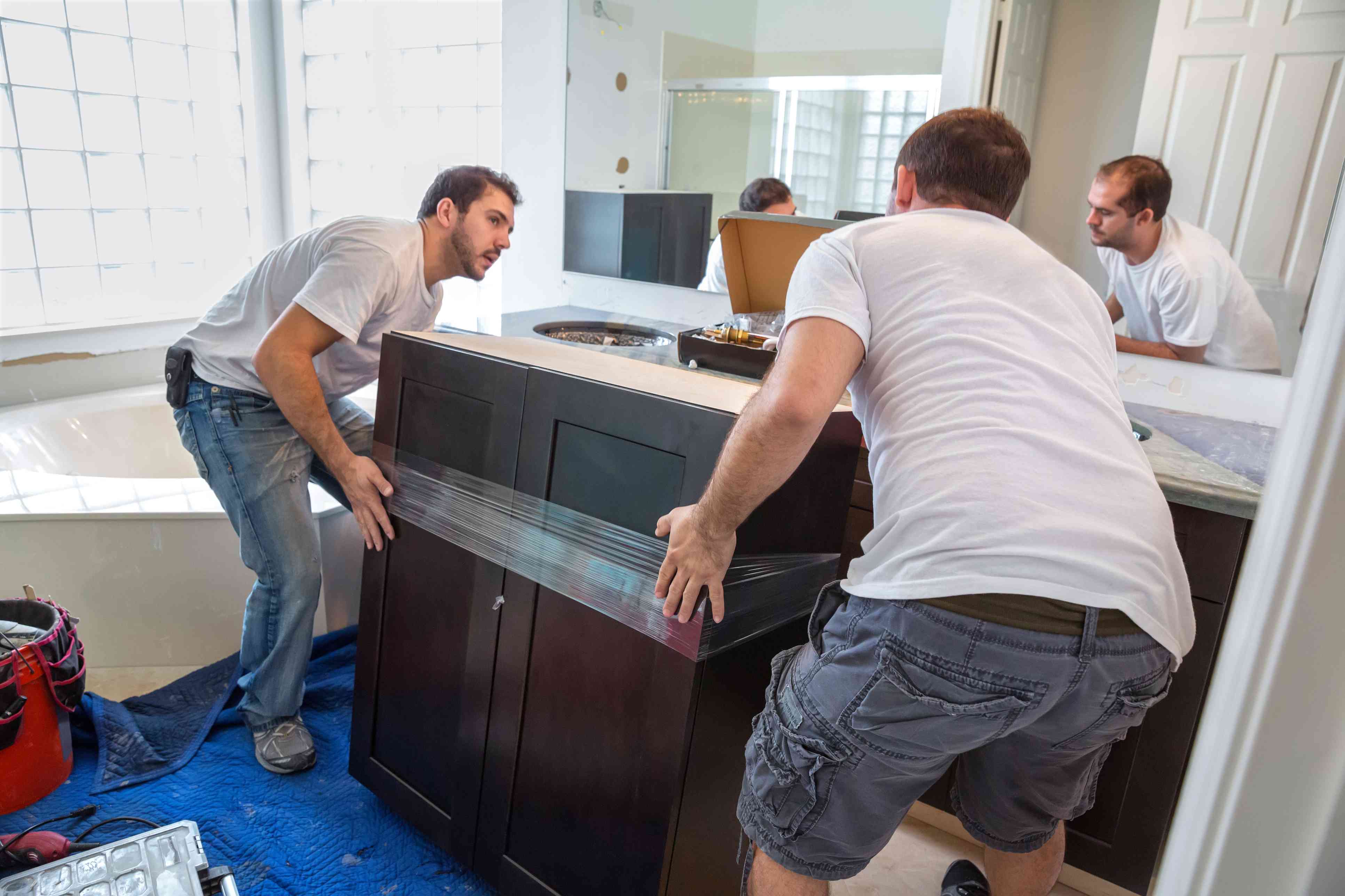

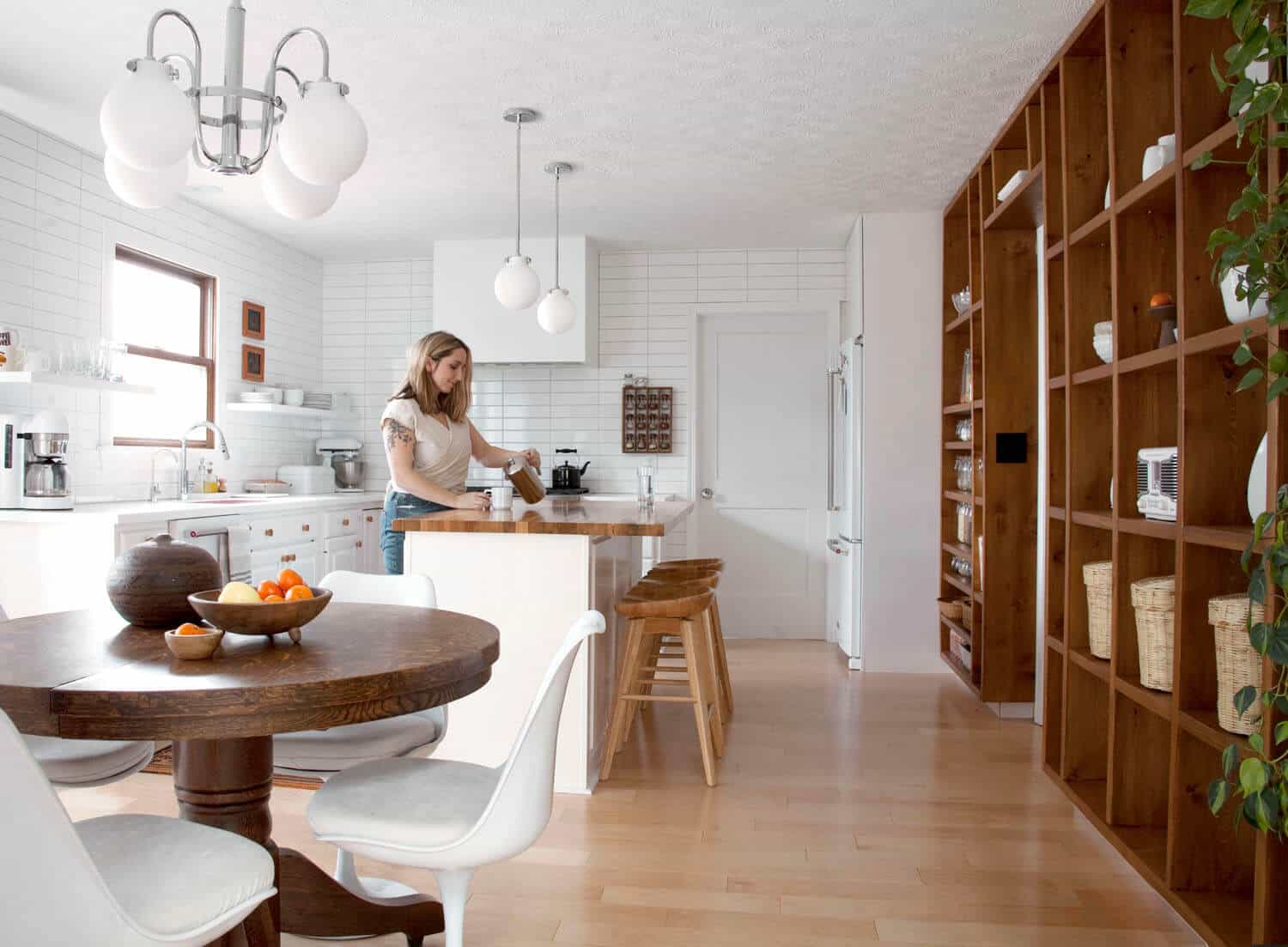




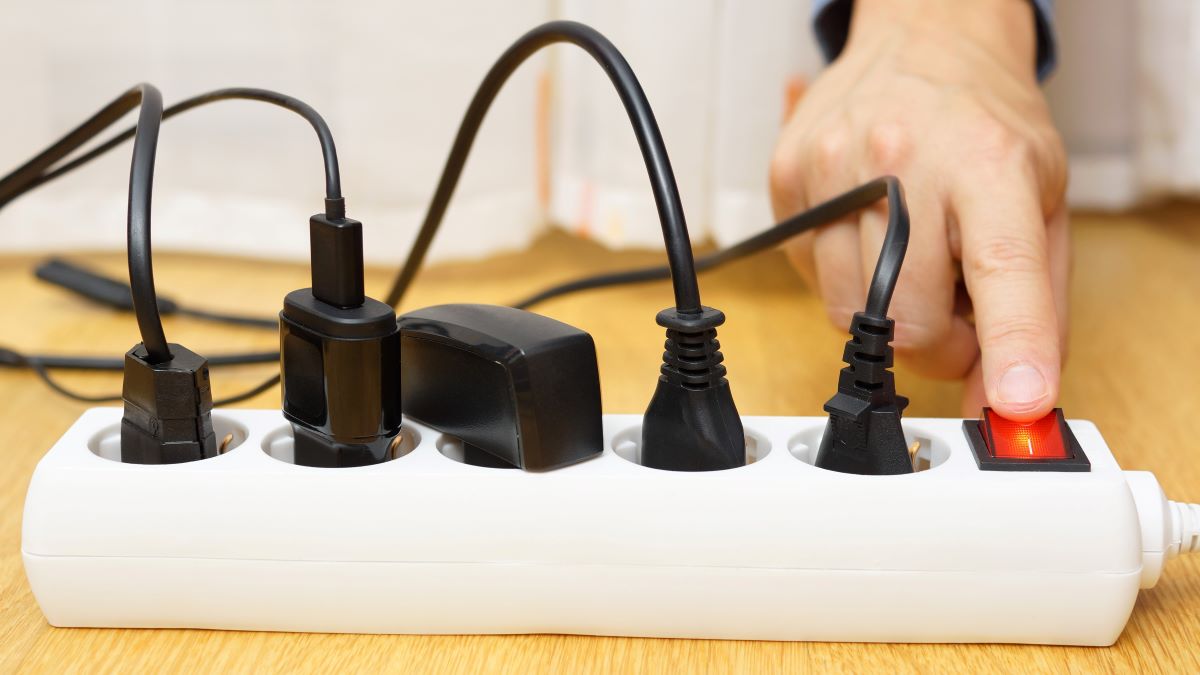





0 thoughts on “How To Save Money On A Renovation”